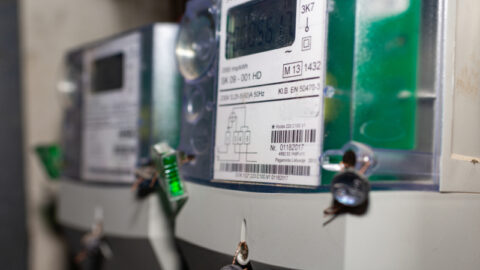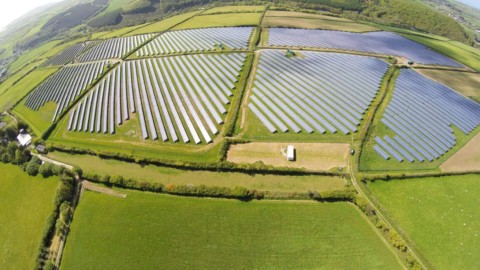by Andrew Dillon, Chief Executive Officer, Energy Networks Australia
With a Federal election looming, it is timely to articulate our network ‘wishlist’ for 2019. We hope this year brings the much-needed stability and long-term focused policies and regulation that the industry needs to deliver best outcomes for customers.

1. A workable climate in energy policy
There have been far too many unsuccessful and short-lived energy policies in the past decade, to the point where it feels like our game of prime ministerial whack-a-mole is more stable than energy policy. The industry is crying out for stability and bipartisanship.
2. Regulation focused on long-term outcomes
The national energy objective, which is the summation of what all the rules and regulations aim to achieve, seeks efficient investment, operation and use of electricity and gas services for the long-term interest of consumers.
It is imperative that this objective is the prime consideration when regulatory decisions are made, or it is likely that policies that seek short-term gain for customers will deliver greater detriment in the long run.
3. Fairer energy tariffs
Networks traditionally operated as a one-way flow of electricity, from generators to customers, but increasingly are becoming a two- way platform for generators large and small to trade their electricity. The Electricity Network Transformation Roadmap estimates that $16 billion can be saved by implementing cost-reflective network tariffs.
It’s not just about how much electricity you use, it’s about when you use it. Moreover, the tariffs could ensure that a much wider range of customers participate and benefit from the two-way flow of electricity in the modern age of energy.
4. A more connected future
Coal generation that supplies the equivalent of NSW’s entire demand is set to retire by 2035 and must be replaced with new generation, which is unlikely to be built in the same spots. The Integrated System Plan (ISP) is a whole-of-system coordination document which identifies where transmission infrastructure is needed most to support expected future generation. We would like to see COAG support the inclusion of an actionable Integrated System Plan framework into the National Electricity Mules, preferably so that the next ISP, which is already under development, is under an appropriate rule governance framework.
5. Distributed energy resources
Rooftop solar, batteries and other distributed resources are on the rise, with rooftop solar now on two million homes. We must design the systems to manage an increasingly distributed network to achieve the best long-term outcomes. The optimal system to manage a two-way network is one where network businesses maintain their local networks and aggregate their information to the market operator for system planning and market operation purposes.
This allows network businesses to design interfaces that best meet their customers’ two-way needs and manage their network constraints locally.
6. Distributor-led stand alone power systems
The benefits of stand alone power systems are unquestionable. They have the potential to lower prices for all customers and improve reliability for those at the edge of the grid.
7. Renewable gas
Renewable gas provides many opportunities for Australia including reducing emissions, creating new export markets, domestic use and reduced reliance on energy imports.
Evidence in policy is something that hasn’t been in abundance recently, but the facts show that a future where gas and electricity work in harmony produces better outcomes than either could achieve in isolation.
8. Smart meter rollout
In states other than Victoria, the smart meter rollout has been less than smooth. The current approach sees smart meters installed on an arbitrary replacement basis, meaning most customers only get a smart meter when their current meter is at the end of its life. A better approach would be to replace smart meters on a targeted basis in areas where they are needed such as in high solar penetration areas.
This, combined with ensuring distributors have easier access to smart meter data, would mean voltage and frequency levels could be better maintained, ensuring safer appliances and more customers could safely connect their solar to the grid.

















